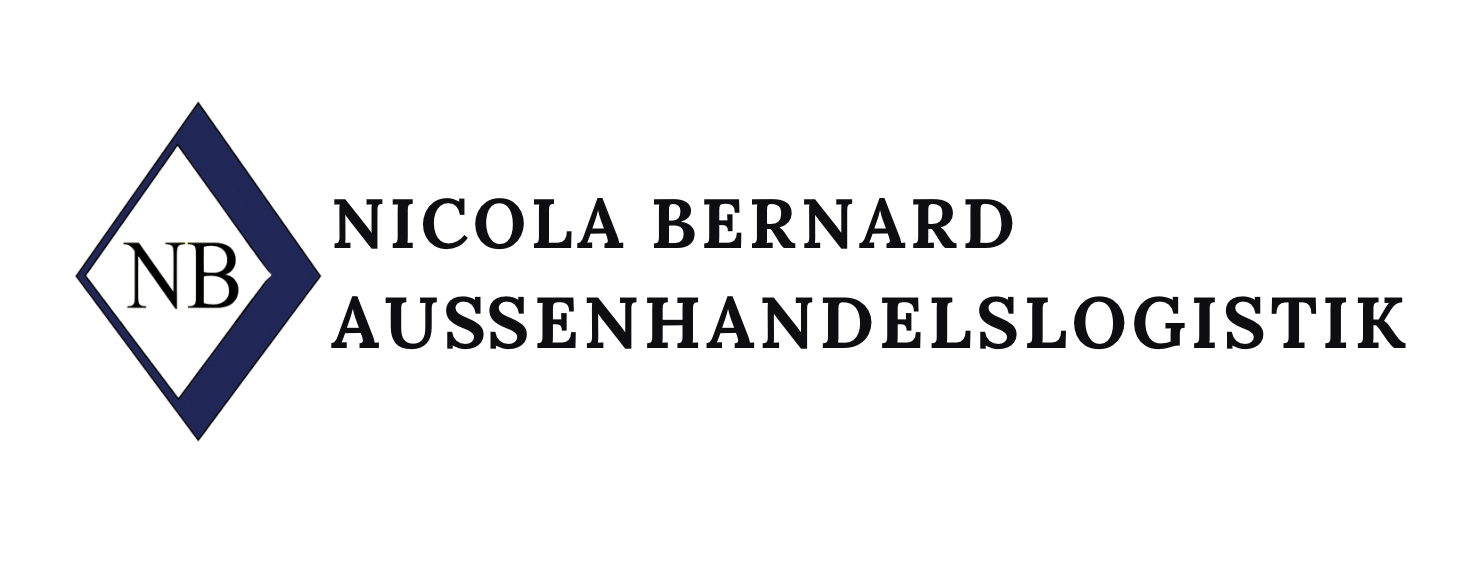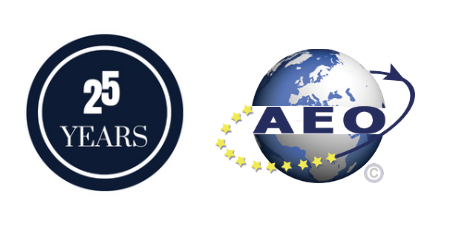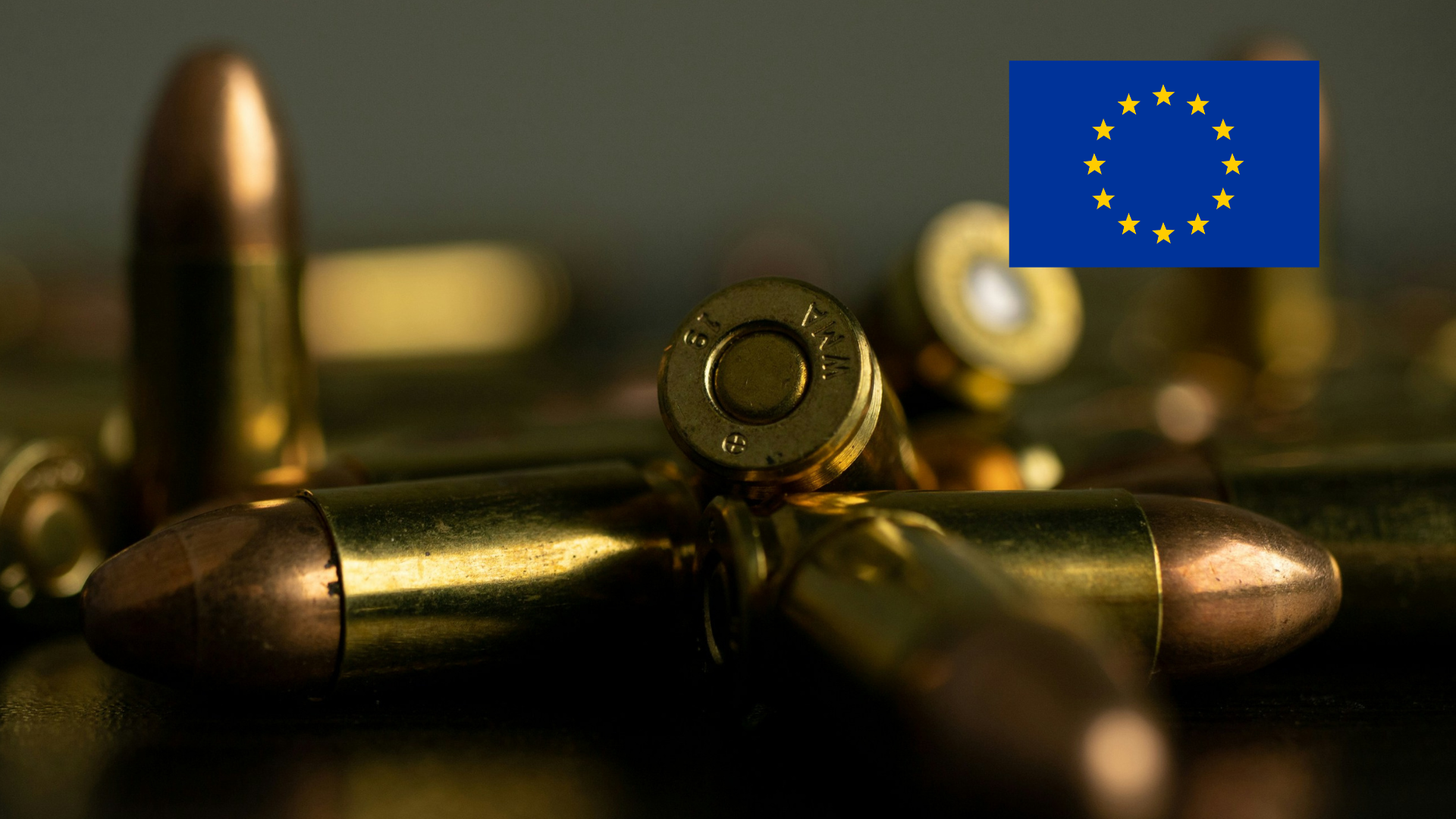The recast Regulation (EU) 2025/41 (‘EU Firearms Regulation’) was published in the Official Journal of the European Union on 22nd January 2025. The new version fundamentally revises the previously valid Regulation (EU) No. 258/2012.
The main objectives of the regulation are:
- The revision of the treatment of exports of dual-use items (items that are covered by both Annex I of the EU Firearms Regulation and Part I Section A of the Export List) with the aim of ensuring that the areas of application of the EU Firearms Regulation and national export regulations do not overlap,
- Inclusion of certain war weapons on the War Weapons List (Annex § 1 Para. 1 KrWaffKontrG) (including No. 29, No. 30, No. 50, No. 51 War Weapons List) in limited cases,
- Harmonisation of the import of firearms,
- increasing transparency and traceability through the introduction of labelling requirements,
- improving the exchange of information between the competent authorities of the EU Member States,
- the introduction of an electronic licensing system (ELS) at EU level, which the Member States can use or which enables the connection of existing electronic application systems of the Member States, and
- ensuring a level playing field through the harmonised application of the Regulation by the EU Member States.
Application of the EU Firearms Regulation from February 2029
Due to the extensive implementation work required, the EU Firearms Regulation provides for a transitional period of 4 years for large parts of the regulations. The provisions on export licensing procedures in particular will therefore only apply from 12 February 2029, until which time the previous Regulation (EU) No. 258/2012 will continue to apply. This means that the current procedures for the export of goods covered by Regulation (EU) No. 258/2012 can remain in place until 11 February 2029. Exports of the firearms listed in Annex I of Regulation (EU) No. 258/2012 require a licence from the Federal Office of Economics and Export Control (in Germany BAFA) in accordance with Art. 4 of the Regulation. If Section 8 AWV also provides for a licence requirement for these weapons, only one licence application must be submitted. This is processed in a standardised procedure taking into account both legal bases. Further information on the application process can be found at the bottom of the page.
The revised EU Firearms Regulation contains the following changes in particular:
- In contrast to the previous regulation, the revised EU Firearms Regulation now also covers the import and transit of the goods listed in Annex I of the regulation in addition to exports. However, it remains the case that transfers are still not covered by the EU Firearms Regulation. Any authorisation requirements for shipments under the KrWaffKontrG*, the AWG* or the AWV* therefore remain in place.
- Annex I of the EU Firearms Regulation has been expanded to include semi-finished firearms and semi-finished essential components, silencers, signalling weapons and alarm weapons. In addition, Category A of Annex I now includes goods that fall under the War Weapons List (Annex § 1 Para. 1 KrWaffKontrG). This means that, in future, the list will include, among other things, items from No. 29, No. 30, No. 50 and No. 51 of the War Weapons List, which will fall under the scope of the Firearms Ordinance in certain cases. From a technical point of view, there will therefore be a greater overlap with existing lists of goods.
- A significant change in the area of exports is the future elimination of the double authorisation requirement under the EU Firearms Regulation on the one hand and national foreign trade law on the other. As the goods will continue to be technically covered by Part I Section A of the Export List (Annex AL to the AWV) or by the War Weapons List (Annex to Section 1 para. 1 KrWaffKontrG) as well as by Annex I of the EU Firearms Regulation, a transaction-based delimitation will be applied in future. This means that the type of recipient/end user will in future determine whether the provisions of the EU Firearms Regulation or national foreign trade law are applicable. In principle, ‘civilian transactions’ fall under the EU Firearms Regulation, while ‘state transactions’ fall under Common Position 2008/944/CFSP and thus under national foreign trade law. The details can be found in Art. 3 of the EU Firearms Regulation.
- In addition to the possibility of issuing individual export licences, maximum export licences and collective licences within the scope of the EU Firearms Regulation, the new version provides the authority to issue a national general licence for goods covered by the EU Firearms Regulation for the first time. In addition, a general licence will also be published at EU level. However, the details of this are still open.
- The EU Firearms Regulation also provides for exemptions and simplified authorisation procedures for imports and exports in certain non-control-sensitive cases.
- In addition, the European Commission will introduce an electronic licensing system (ELS) as part of the EU Firearms Regulation. For the procedures within the BAFA’s area of responsibility, however, it is currently intended to continue using the national electronic systems and merely set up a link to the ELS. Licence applications will therefore continue to be submitted via the electronic system of the Federal Office of Economics and Export Control (BAFA).
KrWaffKontrG*, the AWG* or the AWV* means German law
Sources:
Information on applying to the Federal Office of Economics and Export Control (BAFA) (in German)






